Grit and Grain: Exploring Textural Realism in Gaming
22 February 2025
Gaming has come a long way, hasn't it? From the pixelated landscapes of 8-bit classics to sprawling open worlds that feel almost lifelike, technology has redefined what we consider “real.” But what is it that truly makes a game world feel real? Is it the shimmering rays of sunlight piercing through trees? The fluttering of leaves in the wind? Sure, those are great, but let's talk about something that often gets overlooked: texture. Yep, I'm talking about the grit, the grain, and all those fine details that add depth to modern gaming. Without these tactile elements, many of our favorite games wouldn’t feel half as immersive.
So buckle up, because today we’re diving deep into the world of textural realism in gaming—why it matters, how it’s achieved, and the insane lengths developers go to make virtual worlds that feel solid.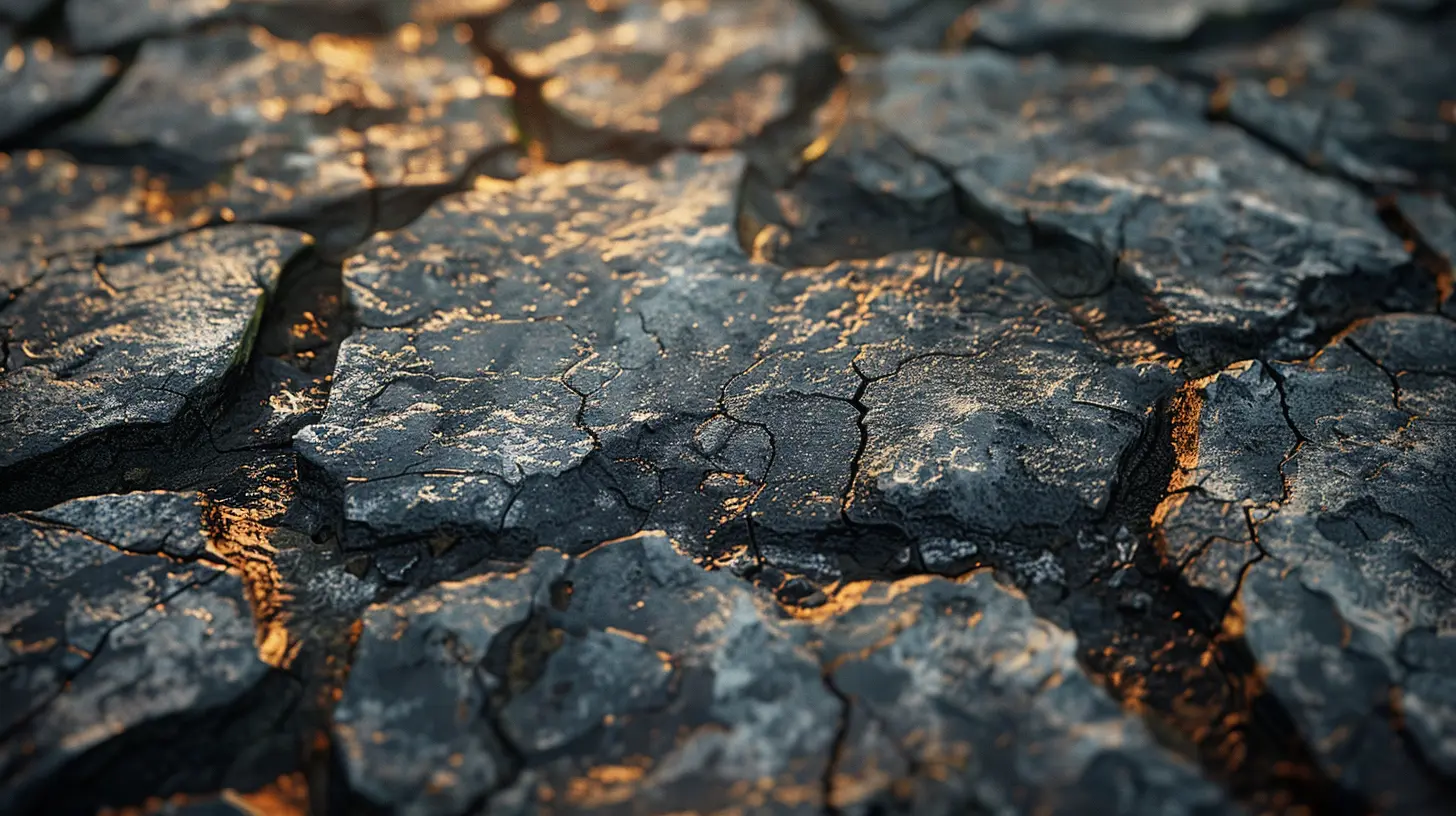
What Is Textural Realism, Anyway?
Alright, let’s break this down. Textural realism in gaming is essentially how accurately surfaces and materials in games mimic their real-world counterparts. It’s the roughness of crumbly stone walls in a dungeon crawler. It’s the peeling paint on an old, abandoned shack in a horror game. It’s the slightly scratched surface of a shiny new sports car in a racing simulator.Textures create the physicality of objects in a game. Without them, everything would look polished, smooth, and sterile—basically lifeless. And we don’t want lifeless. Hell, even a dystopian wasteland needs texture to make it believable.
Think about it: Would you feel the same mounting sense of dread in a survival horror game if the bloodstains on the walls were flat and lifeless? Or if the wooden floorboards didn’t look warped and aged, as if they might creak under your weight? Probably not. Texture is what makes virtual environments feel tactile, even though you’re not physically touching anything.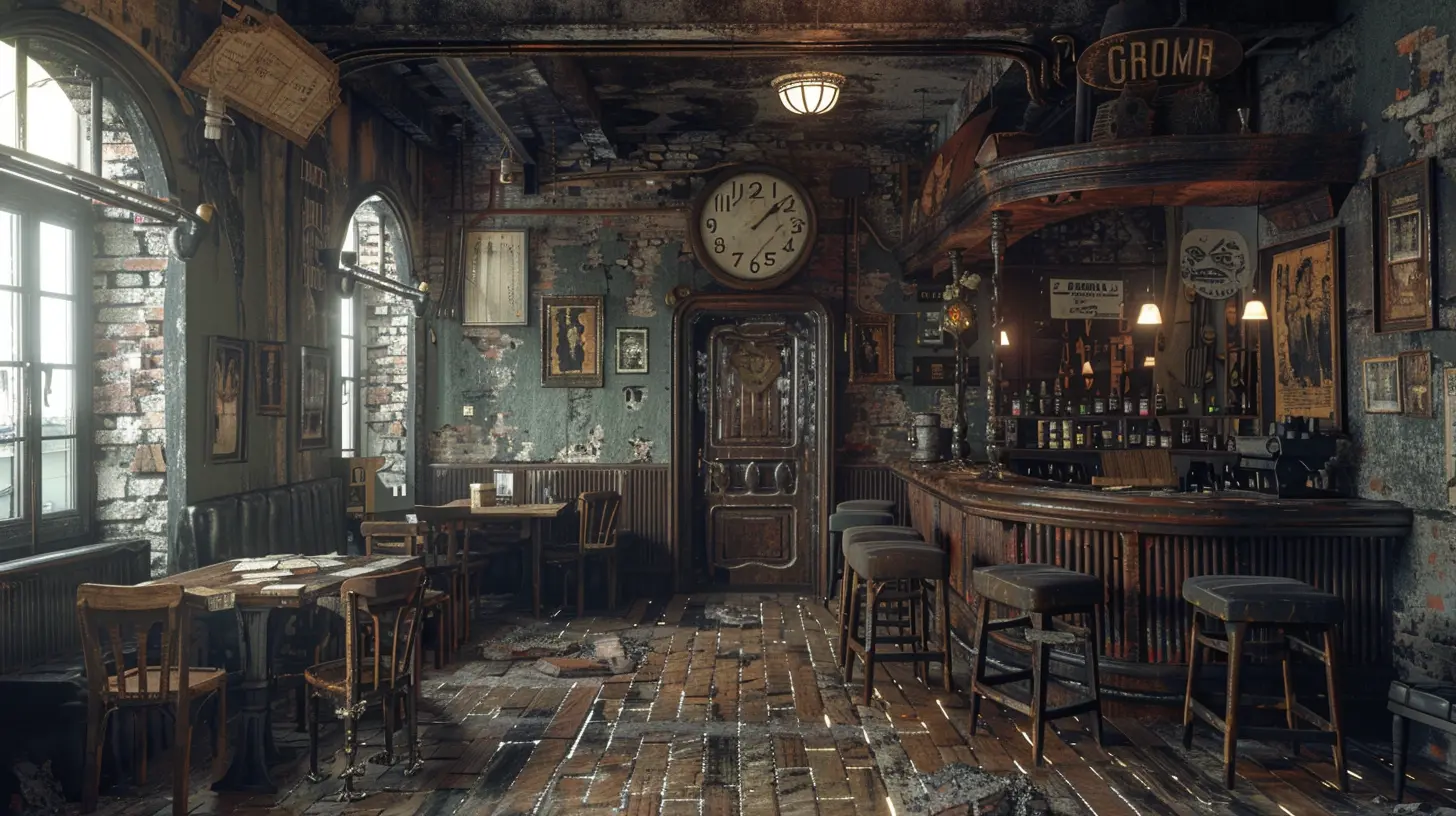
How Far We’ve Come: Textures Then vs. Now
Let’s take a little stroll down memory lane. If you were gaming in the ‘80s or ‘90s, texture in games was... well, let’s be honest, pretty non-existent. Back then, developers were working with limited hardware and pixels were king. Surfaces were often just flat colors or simple patterns stretched over blocky polygons. Sure, it was charming in its own retro way, but wow, have things evolved since then.Fast forward to today, and we’ve got photo-realistic environments where you can practically feel the fibers on a character’s jacket or the cold bite of frost on a metal railing. And it’s not just about looking good anymore—it’s about feeling real. Modern textures are created using techniques like photogrammetry, where real-world objects and surfaces are scanned into the game for insanely high levels of detail. It’s like slapping a slice of reality into a virtual world.
And don’t get me started on lighting. Textures alone don’t make a surface believable; they need the right lighting to bring them to life. Think about how different a wet street looks under the glow of neon lights versus a sunny afternoon. Developers now combine textures with advanced lighting techniques like ray tracing to create an experience that tricks your brain into thinking, “Wait, is this... real life?”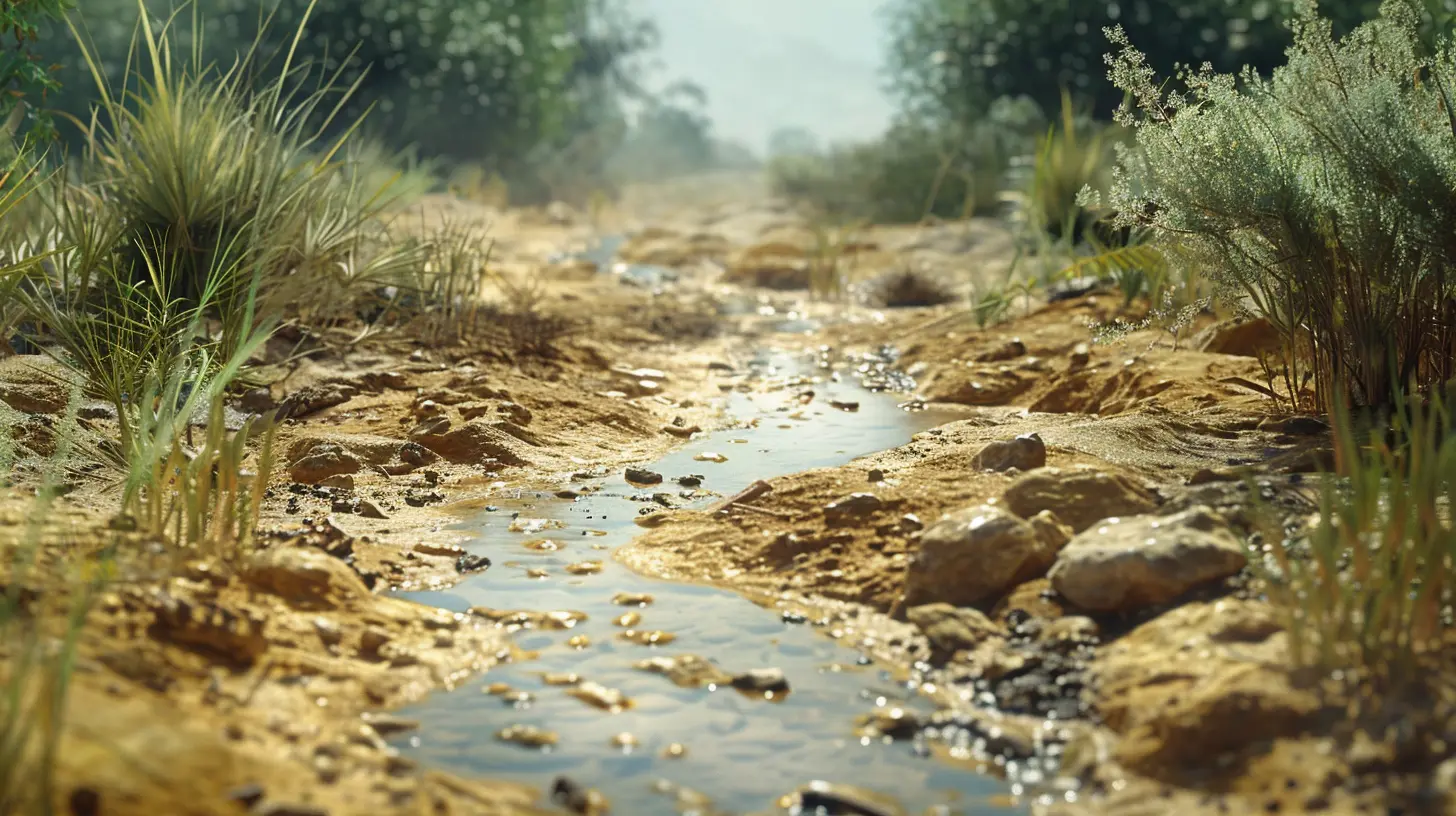
Why Textural Realism Matters So Much in Gaming
Some of you might be asking, “Do textures really matter that much? I mean, I’m playing for gameplay, not to stare at a wall!” Fair point, but hear me out: textures subtly affect how we perceive the entire gaming experience.Imagine playing a medieval RPG where everything looks pristine—no dirt on the peasants’ clothes, no cracks in the cobblestone streets, no rust on the swords. Would that world feel as immersive? Probably not. The lack of texture would shatter the illusion.
Textural realism doesn’t just make games prettier; it makes them immersive. It sets the tone. It tells a story without words. The scuffed sneakers of a protagonist might tell you they’ve been through hell and back. The overgrown moss on a dungeon floor hints at abandonment and decay. Texture gives depth and context to a game’s world in ways you might not consciously notice but definitely feel.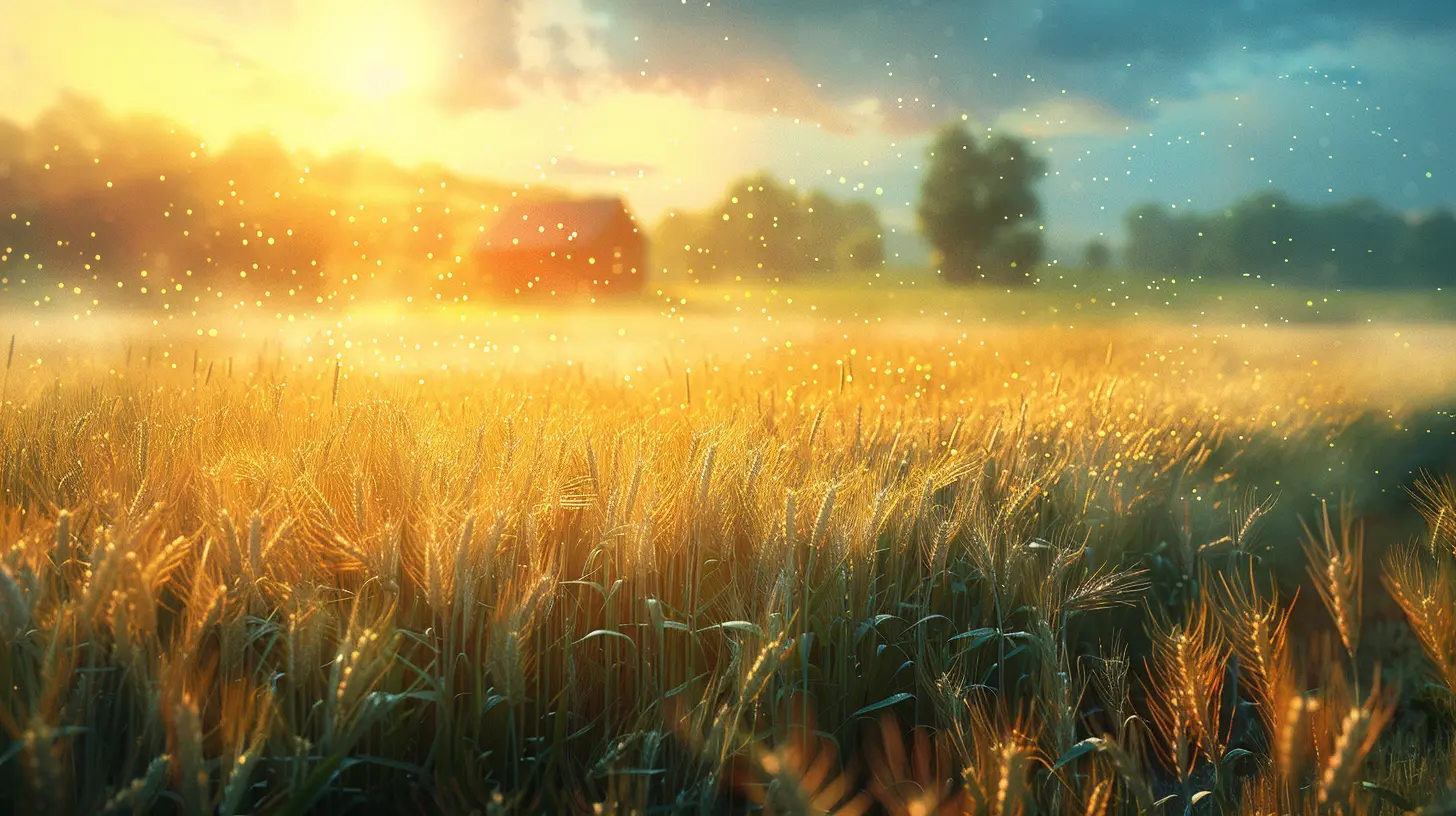
How Developers Nail Textural Realism
Achieving textural realism isn’t as simple as slapping a high-res image onto a 3D model. Oh no, it’s way more complicated. Developers use a mix of technology, artistry, and sheer obsession to get it right. Let’s look at some of the methods they use:1. Photogrammetry
Remember when I mentioned this earlier? It’s a big deal. Developers take high-resolution photographs of real-world objects and environments, then use software to create 3D models and textures based on them. It’s like taking a slice of reality and sticking it into a game. Games like The Last of Us Part II and Battlefield 1 used this technique extensively, and it shows.2. Normal Mapping and Bump Mapping
These are fancy terms for making flat surfaces look three-dimensional without actually adding more polygons. Basically, it’s a way to fake depth. For example, a brick wall in a game might not actually have individual bricks modeled out, but with normal mapping, it’ll look like it does.3. PBR Materials (Physically-Based Rendering)
PBR ensures that materials in games react to light as they would in the real world. So, metal looks like metal, wood reflects light differently than glass, and so on. It’s all about consistency, and trust me, your brain notices when it’s done right.4. Dynamic Weather and Decay
Some developers go the extra mile by making textures that change over time. Think of snow piling up on rooftops, rust getting worse as time progresses, or blood drying into darker shades on a battlefield. These dynamic textures not only add realism but also make the game world feel alive and reactive.Notable Games That Perfected Textural Realism
If you’re still not convinced that textures are a big deal, let me hit you with some examples of games that absolutely nailed it:- Red Dead Redemption 2
Have you seen the mud in this game? It’s ridiculous. Walk through it, and you’ll leave tracks that look as real as what you’d see on an actual trail. The game’s attention to detail is mind-blowing, from the textures of worn leather saddles to weathered tree bark.
- Cyberpunk 2077
Say what you will about its rocky launch, but the textures in Cyberpunk 2077 are next-level. The neon-drenched streets of Night City feel palpable, with every surface—from grimy concrete to glossy chrome—oozing personality.
- Horizon Forbidden West
The variety here is unmatched. From the jagged, rocky cliffs to the intricate designs on Aloy’s gear, every detail feels handcrafted. And don’t even get me started on how water looks in this game!
The Future of Textural Realism in Gaming
So, what’s next? With advancements in hardware like the PS5, Xbox Series X, and high-end PCs, textures are only going to get more insane. Technologies like AI-driven texture generation and real-time ray tracing are already pushing boundaries. We’re even seeing games experiment with touch feedback (thanks to controllers like the DualSense), which could someday let us feel textures as we play. How wild is that?But at the end of the day, it’s not just about tech. What makes textures truly impactful is the artistry behind them. It’s the passion of developers who obsess over every scratch, every stain, and every grain of detail to make their worlds feel alive.
Final Thoughts: Why Grit and Grain Matter
Here’s the thing: textural realism isn’t flashy. It doesn’t scream for your attention like explosions or fancy cutscenes. Instead, it works quietly in the background, grounding you in the game’s universe and making you believe in it, even if just for a moment.The next time you’re playing your favorite game, take a second to really look at the textures. Notice the cracks in the pavement, the scratches on a shield, or the subtle imperfections in a character’s skin. That’s the grit and grain of gaming—the unsung hero of immersion. And trust me, once you notice it, you’ll never take it for granted again.
all images in this post were generated using AI tools
Category:
Realism In GamesAuthor:

Greyson McVeigh
Discussion
rate this article
5 comments
Ruby Hudson
This article beautifully captures the intricate balance between artistry and realism in gaming. It's fascinating to see how texture enriches our experiences, making virtual worlds feel profoundly real. Thank you!
March 30, 2025 at 3:00 PM

Greyson McVeigh
Thank you for your kind words! I’m glad you found the article resonated with the balance of artistry and realism in gaming. Your appreciation means a lot!
Judith Conrad
This article beautifully captures the essence of textural realism in gaming. The way you illuminate the emotional depth and immersive experience textures bring to gameplay truly resonates. Thank you for highlighting such an important aspect of our beloved medium! Keep inspiring!
March 24, 2025 at 5:09 PM

Greyson McVeigh
Thank you for your kind words! I'm glad the article resonated with you and highlighted the significance of textures in gaming. Your support inspires me!
Felix Powell
‘Grit and Grain’ dives into the subtle artistry of textural realism in gaming. It’s fascinating how the tactile nuances of surfaces can evoke emotions, immerse players, and elevate storytelling. Here’s to the unsung heroes of game design—the textures that make worlds feel alive!
February 25, 2025 at 4:45 PM

Greyson McVeigh
Thank you for your insightful comment! I appreciate your recognition of the vital role textures play in enhancing immersion and emotional depth in gaming.
Odessa McFadden
This article beautifully highlights the importance of textural realism in gaming. It’s inspiring to see how developers push boundaries to create immersive experiences. A true testament to the art of game design—keep exploring and innovating!
February 23, 2025 at 3:42 PM

Greyson McVeigh
Thank you for your kind words! I'm glad you enjoyed the exploration of textural realism in gaming. It truly is an exciting time for game design!
Ainsley Summers
This article offers an insightful examination of textural realism in gaming. The focus on grit and grain adds a profound layer to immersive experiences. It's fascinating to see how these elements enhance artistic expression and player engagement, making a significant impact on the gaming landscape. Great read!
February 23, 2025 at 3:20 AM

Greyson McVeigh
Thank you for your thoughtful feedback! I'm glad you found the exploration of grit and grain in gaming impactful.
MORE POSTS
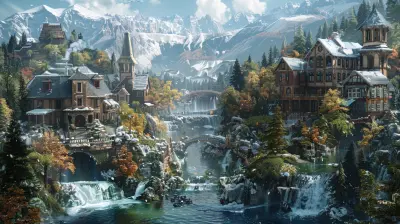
Urban vs. Rural: World Building for Varied Environments in Game Design
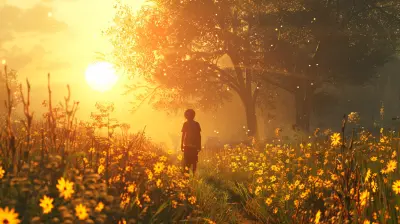
The Rise of Narrative-Focused Walking Simulators

The Rise of Battle Passes: Are They a Better Alternative to Traditional Microtransactions?

Best Cross-Platform Games for Families to Play Together

Farming Simulators: Crafting the Perfect Virtual Harvest